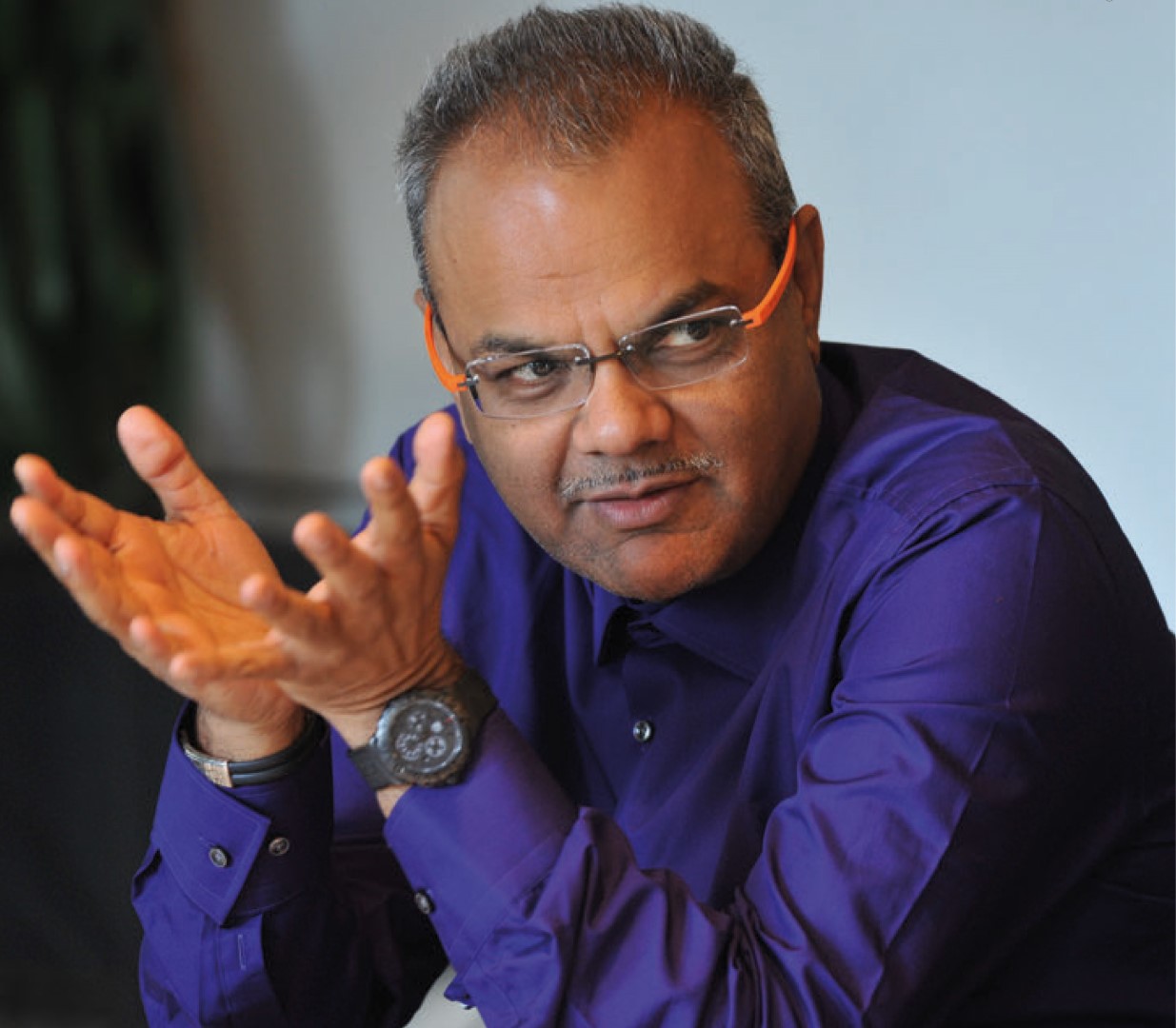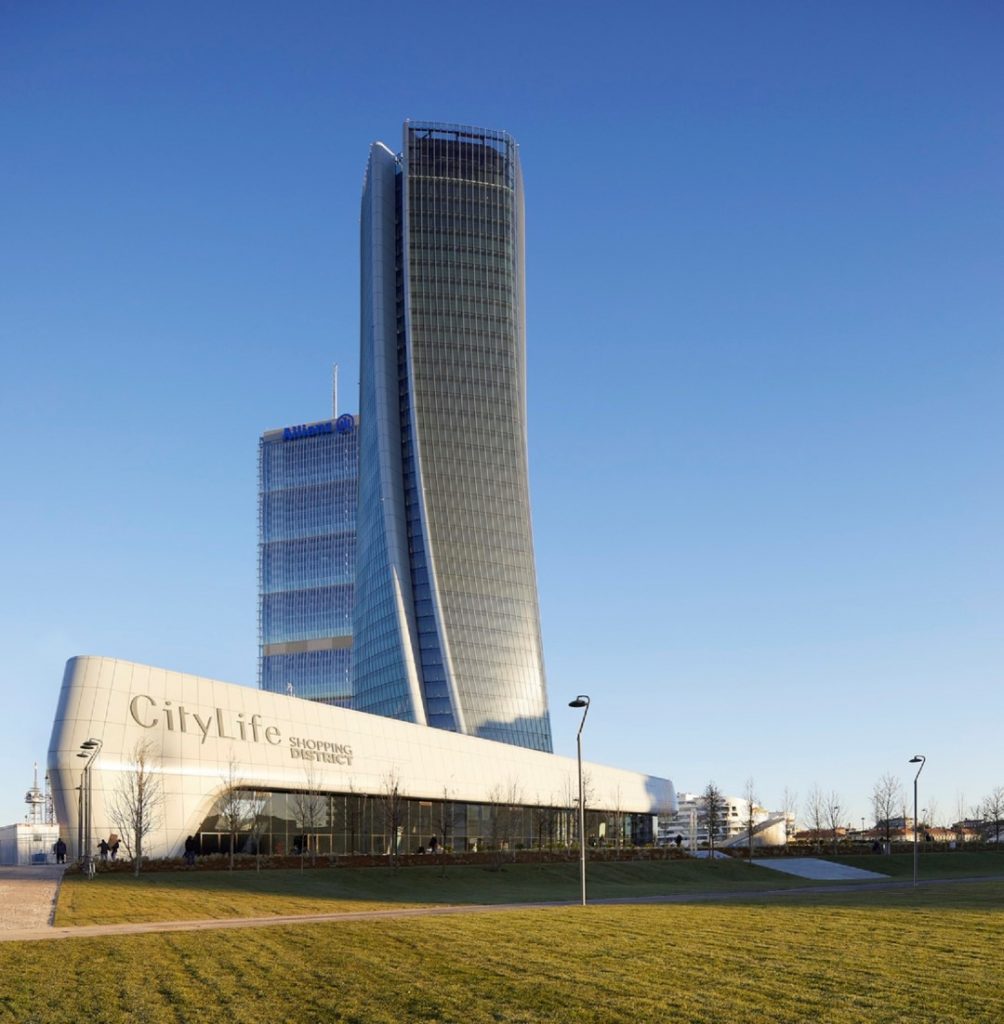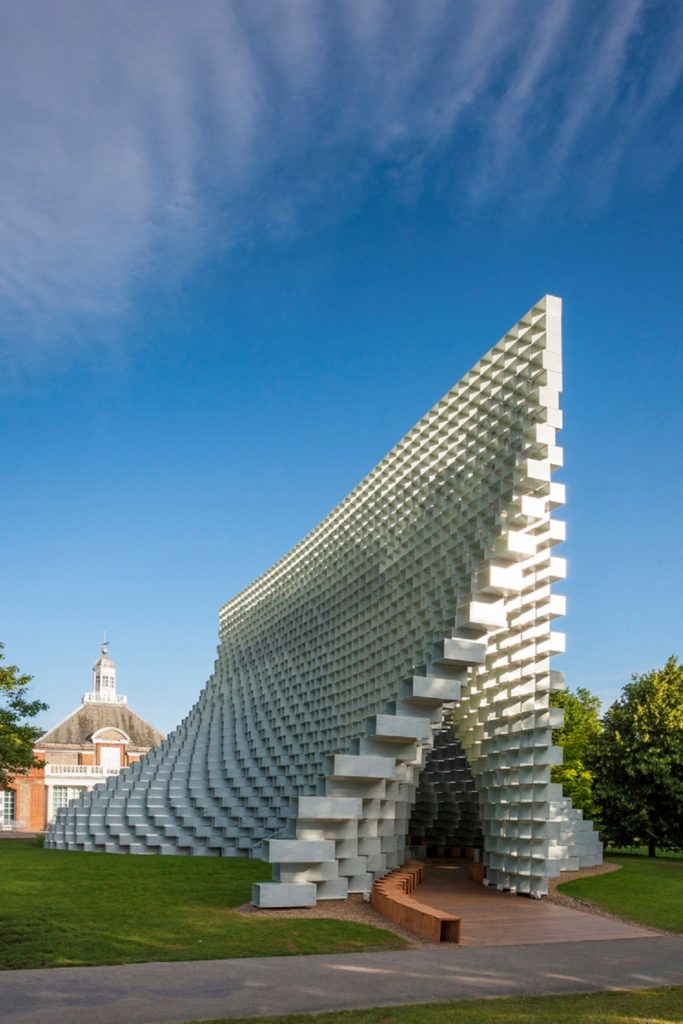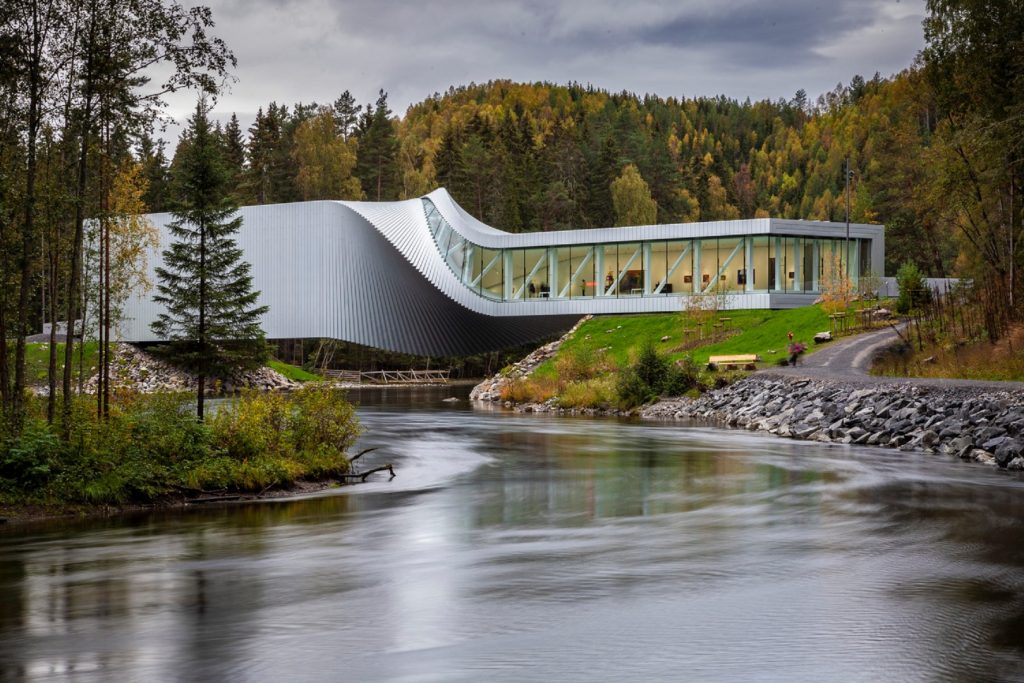
Let’s begin with “Innovative Solutions in Structural Design,” which is the title of the conference you’re giving here in Istanbul. What is it that we need to fully understand when we speak of innovation in structural design? Can you briefly tell us in what ways the solutions you put forth are of importance in this regard?
Hanif Kara: When we talk about innovation in structural design, the first thing that needs to be said is that it is relatively new idea, and that it has mainly emerged on a small rather than on a large and uniform scale. That said, we I talk to about current important and great innovations, I can give you examples of buildings that we’ve renovated, particularly in London, as well as of building extensions. One of them involved adding an additional 16 storeys to a 12-story building that we had designed over 25 years ago. For that matter, we also added 18 stores onto another building. The second and perhaps the most important example of innovation that I can give you is the Bloomberg Headquarters. In that project, we worked with one of the world’s best architects and in one of the most difficult fields. The structure sits right in the heart of London, and beneath which lays an elaborate network of tunnels, pipes, and piles. We had to devise a clever strategy in order to place a new building into such an area. Beyond these, other small-scale innovations have to with using materials in new ways, especially concrete.
How do you define a successful structure design? Are there any Turkish examples that you’ve found are successful?
HK: Of course there are. The best answer to this question in fact is Sinan the Architect. His buildings, especially over the past few centuries have been the source of inspiration for numerous projects around the world. Were we to define success as timelessness, then Sinan’s structures illustrate this. On the other hand, if we were to define success as something that is stylish and attractive, then we’ve got a problem. That’s because anyone can deem any design stylish and attractive. Thus, it’s best not to define success along these lines.
Which projects, for you, have defined both the beginning alongside the pinnacle of your career? And why?
HK: When it comes to my initial years, I can tell you about two projects. The first of which is the RIBA Stirling Prize-winning Peckham Library in the UK, which was designed by the late Will Alsop, who passed away just this past year. The other project that was perhaps the “big break” for both my firm and me was the Ppaeno Science Centre in Wolfsburg, Germany, which I worked on with Zaha Hadid. The structure consisted of a single surface made of concrete. It was a challenging project in that it required a sound knowledge of parametric design. As for one of my more recent projects, I can refer you to the Bloomberg Headquarters, which also holds the RIBA Stirling Prize. It is one greenest office buildings in the world. I think that this project is what had ushered Norman Foster into the peak of his career. The client, too, was a world giant. That project, without a doubt, meant way more than just a pay cheque. It essentially took my career in a whole other direction.
Do you think that architect’s structural expectations lead to labour and resources wasted when it comes to their designs being implemented? How do you, as a structural designer, deal with sustainability with regards to the ethical and economic side of things when bringing architects’ creations to life?
HK: We’ve spent the past 15 to 20 years immersed in technology, albeit usually not for the sake of purpose, bur rather simply because technology grants us this opportunity. Nowadays, showing sensitivity towards the environment is an absolute must. What’s more, we have to answer to questions like, “How is this designed?”, “How is that built?”, “What are we designing”?, and “What is being built?” We owe this newfound sense of awareness, in part, to technology. We thus can’t detach ourselves completely from technology. With that said, what we can do is re-evaluate our understanding of technology-shaped design in a couple of ways. Architects are very much guilty in this respect. They pay little attention to how the shell of the structure is designed, instead leaving everything up to the contractor. We now have to address the structure in every way possible. Those who isolate themselves from this process of change, unfortunately, will eventually phase themselves out.
Architecture schools in Turkey don’t place enough importance on architectural training at all. It’s superficial at best. Given your many years of experience teaching in some very prominent schools, what sort of road should they follow do you think?
HK: Undergraduate engineering – and especially structural engineering – programs generally provide courses on math and physics. But, I feel that both need to devote more time to teaching the basic sciences. Such programs also need to bring architecture and engineering students together and have them enter into dialogue with one another. Doing so would not only be enlightening for both sides, but it would also sharpen their interdisciplinary communication skills for when they step out into the real world. For 12 years, I’ve been teaching my architecture students from Harvard and my engineering students from MIT in the same class. I try to teach them how to communicate early on during the design and implementation phases. Additionally, I feel that architects’ skills are starting to slip with each passing day. Architects simply don’t comprehend the role of the engineer, and struggle when it comes to predicting potential problems during the design phase. Consequently, I think that the current training system for both disciplines is in need of an overhaul.
What sort of meaning does natural stone, carry for you as a structural engineer? What do you think its role will be future architecture?
HK: Natural materials are being used way more now than they had been in the recent past. Wood has made a widespread comeback, just like things used to be. We can also predict that the same thing will also happen with natural stone down the line as well, on the condition that we are able to prove that it is sustainable. Advances in techniques will enable stone to be used much more successfully and effectively. It doesn’t take much to find contemporary examples around us of it being used unsuccessfully. One factor behind this is the gradual disappearance of artisans who know how to properly cut and install stone. I currently am working on a cultural centre in Huston, Texas that features natural stone. We right now are looking into what type of stones we’re going to use for project’s shell and from where. In fact, we’re even considering Turkey as part of this. While the project consists of reinforced concrete skeleton, it nevertheless would be nice if we saw stone regain its former status as a construction material again.













